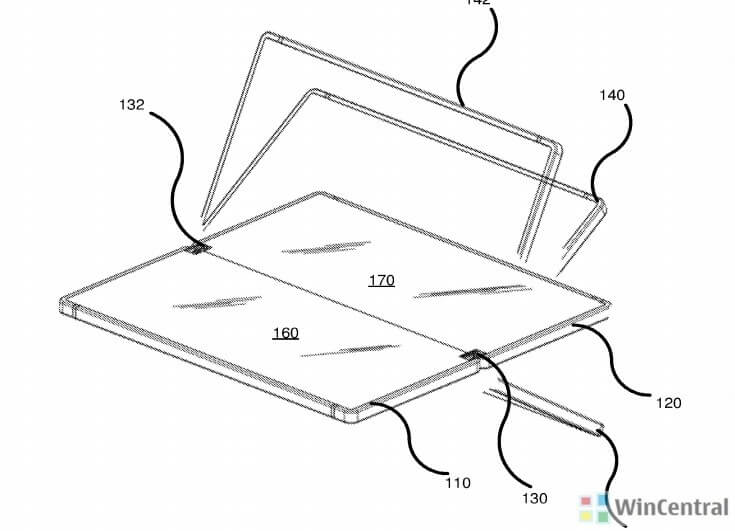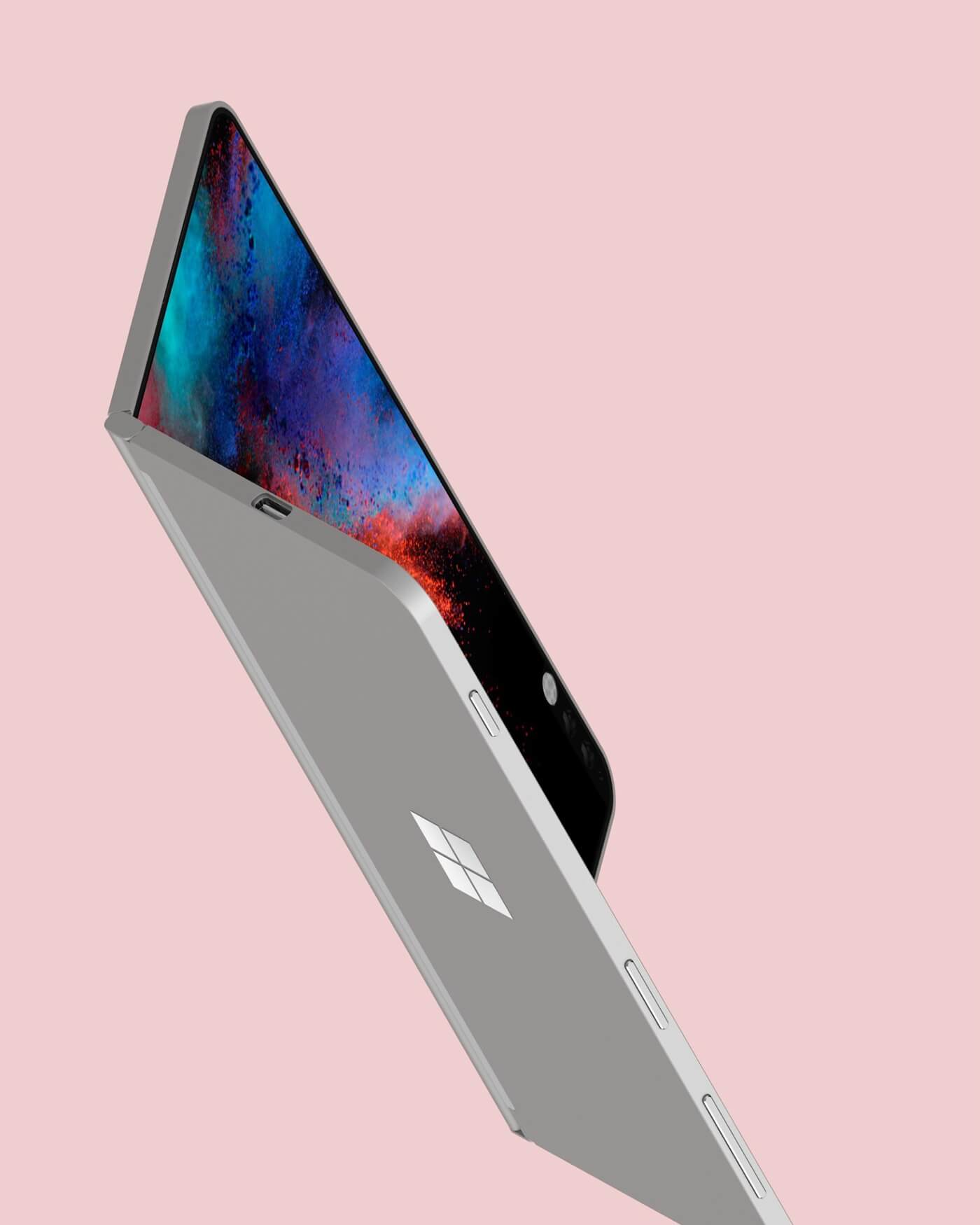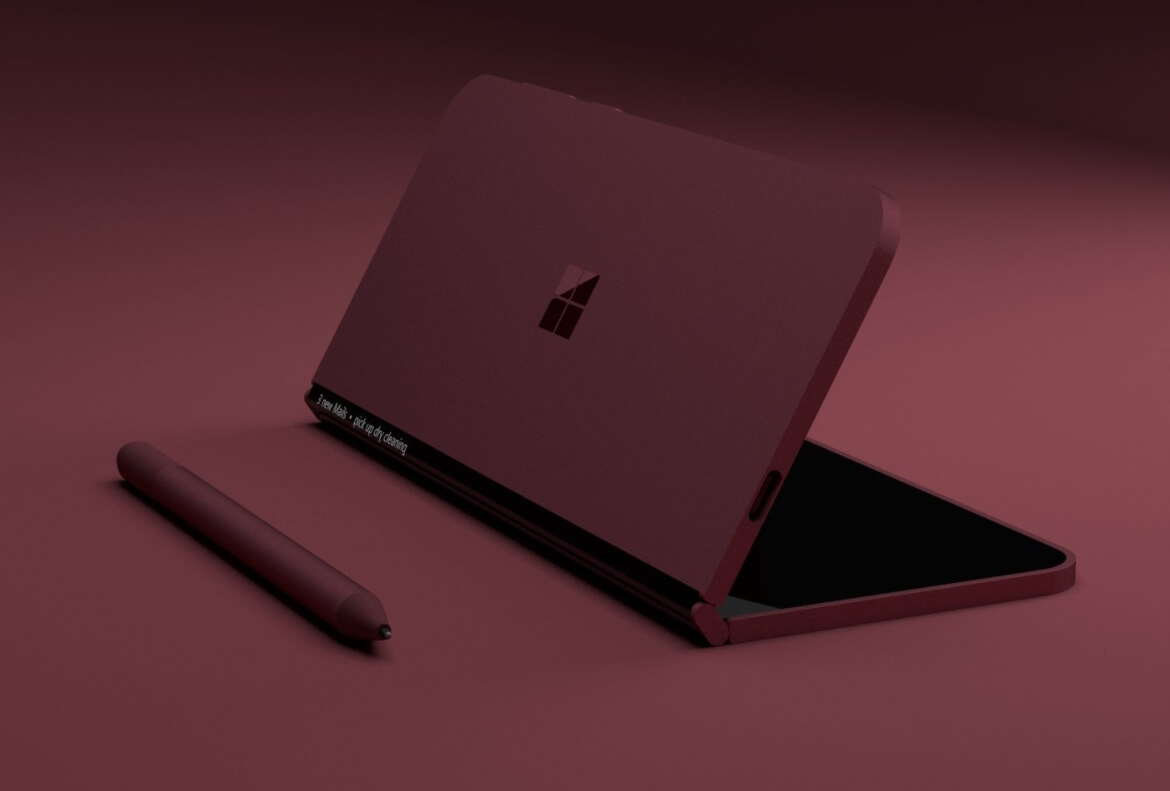2017 was the year Microsoft seemed to terminate its smartphone ambitions. It pulled the plug on Windows Phone back in July, and three months later said Windows 10 Mobile was no longer a focus for the company. But judging from a slew of patents, it appears that Microsoft might be planning on releasing more handsets at some point in the future.
Microsoft's apparent abandonment of the phone market this year raised questions over the long-rumored Surface phone project, but it seems that the "ultimate mobile device," aka Andromeda, which was hinted at by Satya Nadella in 2016 could still be in the works.
There has been news of a number of Microsoft patents recently, all of which point to a dual-screen tablet-style device similar to its canceled Courier concept from 2009. In the latest patent, the Redmond firm explains that as bezels are now almost non-existent in many flagship handsets, the best way to increase the screen size without making a device larger is through a folding design.

Image credit: WinCentral
"Along with these enhanced capabilities has come a demand for larger displays to provide a richer user experience. Mobile phone displays have increased in size to the point where they can now consume almost the entire viewing surface of a phone. To increase the size of displays any further would require an increase in the size of the phones themselves. This is not desirable, as users want their mobile phone to fit comfortably in their hand or in a shirt or pants pocket," Microsoft explains.

Render via mspoweruser.com
As shown in previous patents, the device comes with a 'self-regulating hinge' that allows the two screens to seamlessly become one, turning it into a tablet-style device similar to the ZTE Axon M, only a lot better, hopefully.
"With a dual-display device, the mobile phone or tablet can include an open, expanded position where both displays are flush so that the user feels like there is a single integrated display. In a closed, condensed position, both displays are face-to-face so as to protect the displays. In a fully-open position, the dual displays can sit back-to-back so the user needs to flip the device to view the opposing display," adds the company.
As always, just because a product appears in a patent is no guarantee it will ever become a reality. But the number of Surface/Andromeda phone rumors and patents out there does suggest Microsoft might not be done with the smartphone business just yet.
